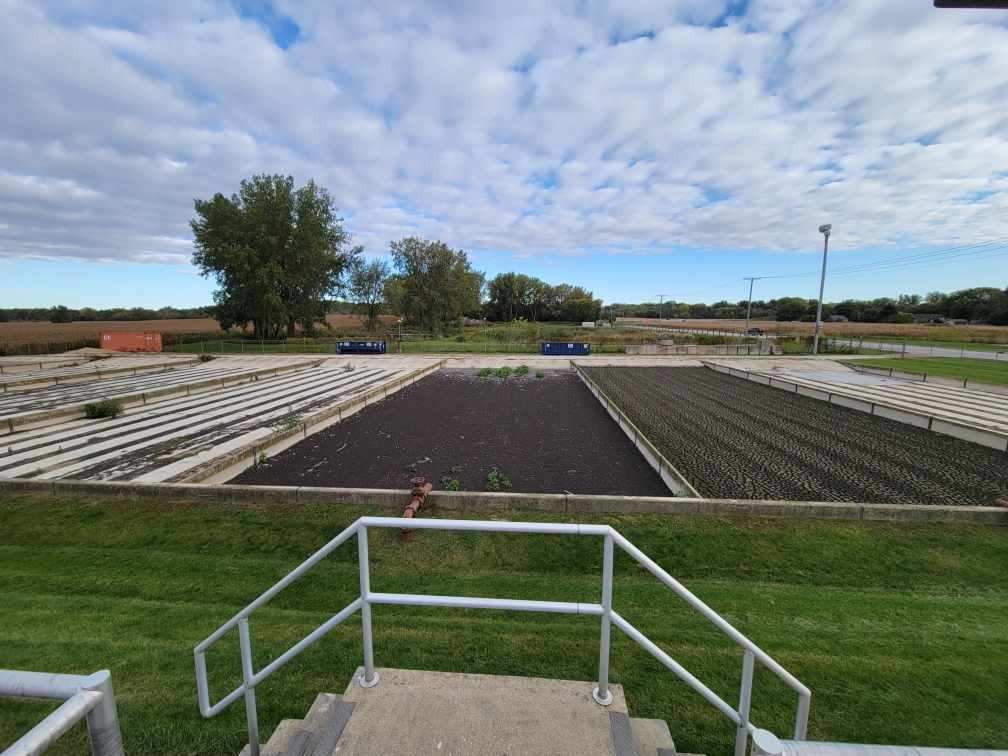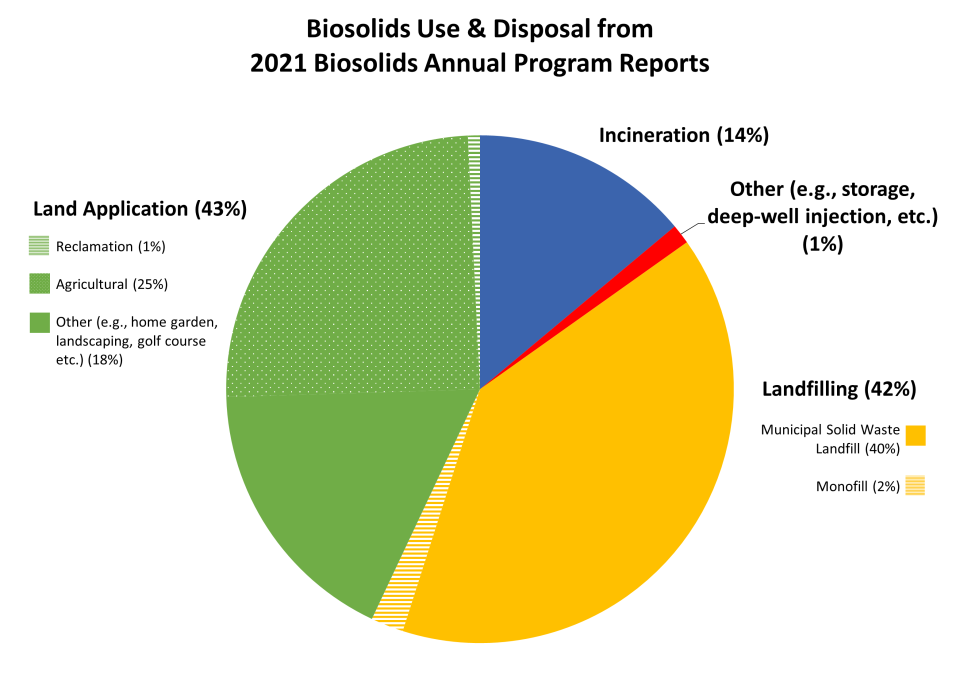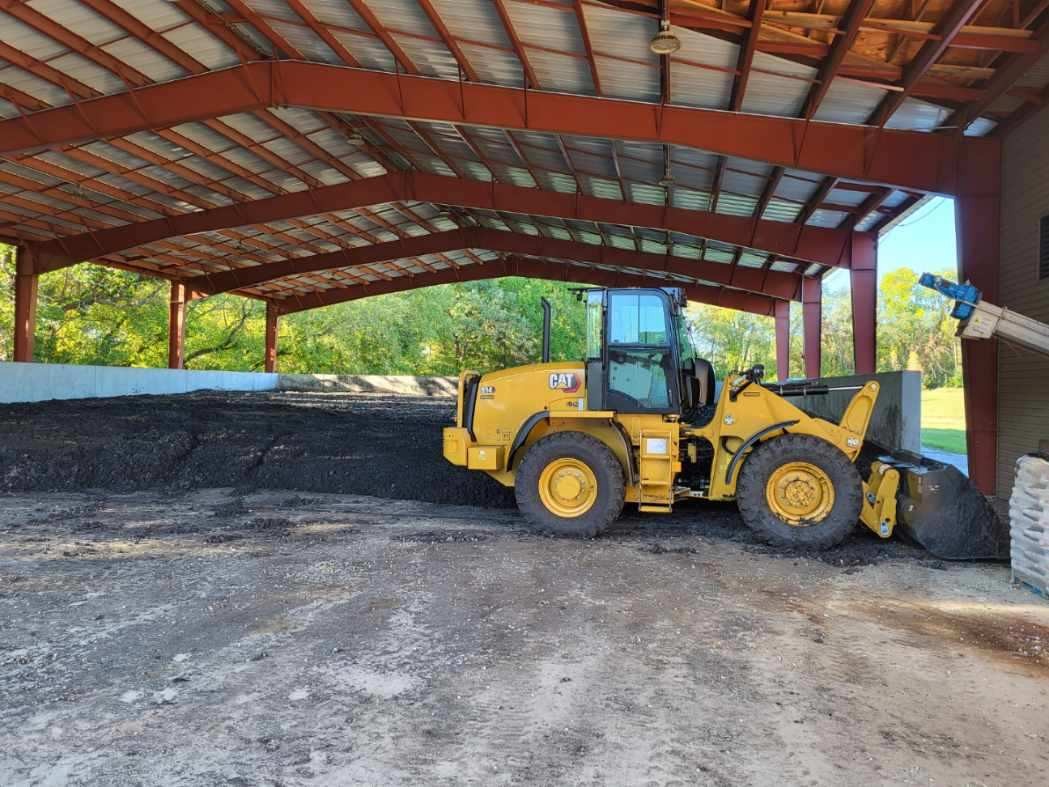Sludge disposal — challenges and solutions
Sludge is a solid byproduct produced during wastewater treatment. It contains a mixture of water, nontoxic organic compounds, toxic pollutants (heavy metals and chemicals), inorganic compounds, pathogens and other microbial pollutants. It is typically classified into two types:
- Primary sludge. This is a byproduct of the preliminary treatment of wastewater containing a high concentration of inorganic matter and decomposing microbes.
- Secondary sludge. This is produced during the biological treatment of wastewater and primarily consists of organic matter and aerobic microbes.
Additionally, tertiary sludge is produced during further wastewater treatment, such as adding a flocculation agent. It is worth noting the sludge composition may significantly vary depending on the type of wastewater and the treatment processes applied.
Sewage sludge poses risks to environmental and human health, and sludge disposal is always a challenge for wastewater treatment plants because of the high treatment costs. While technological developments in wastewater treatment have enabled safe and sustainable sludge disposal, municipalities require the expertise of wastewater engineers to determine the most suitable and cost-effective sludge disposal method for publicly owned treatment works (POTWs).
Common challenges associated with sludge disposal
The chart below depicts common methods of biosolid reuse and disposal, including land applications (in agriculture, home gardens, etc.), landfilling, incineration, deep-well injection and more.
Wastewater treatment plants have conventionally disposed of sludge on land through landfilling or composting. Burning the sludge (incineration) is another common method of sludge disposal to reduce volume and eliminate pathogens. However, these methods pose environmental challenges.
Sustainable sludge management addresses the challenges of conventional sludge disposal methods and involves minimizing the potential adverse effects of sewage sludge. The following are six common approaches to sustainable sludge management:
- Improve the quality of sludge through disinfection.
- Reduce the total amount or volume of sludge.
- Recover phosphates from sludge for reuse.
- Use organic carbon compounds and inorganic compounds.
- Incorporate changes to the municipal wastewater treatment process.
The effective disinfection and stabilization of sewage sludge is critical to producing a stable biosolid product for land application and protecting the environment and human health.
Different types of sludge disinfection methods
The 40 CFR Part 503, Standards for the Use or Disposal of Sewage Sludge under the Clean Water Act establishes the requirements and management practices for the use and disposal of sewage sludge (biosolids). The U.S. Environment Protection Agency (EPA) has divided biosolids into Class A and Class B based on their pathogen reduction requirements.
- Class A. Produced through anaerobic digestion and additional treatment such as heating, pasteurization and other complementary technologies to eliminate pathogens, including viruses. Class A biosolids are rated "exceptional quality" or EQ, and represent the cleanest and safest form of biosolid for land application.
- Class B. In Class B biosolids, pathogens may exist even after meeting the 40 CFR Part 503 requirement. The EPA site restrictions require enough time for pathogen degradation in Class B biosolids before using them for land applications.
The following are some key sludge disinfection technologies used to produce clean biosolids.
Sludge disinfection methods implemented across a majority of wastewater treatment plants involve:
- Adjusting the pH by adding lime as a chemical stressor.
- Composting for longer periods.
- Digesting in thermophilic sludge digesters at 140 degrees F.
- Drying at 160 degrees F, which also removes moisture from the sludge and reduces its weight.
Under 40 CFR Part 503, all POTWs should implement sludge disinfection methods to comply with the pollutant limits, pathogen and vector attraction reduction requirements and more. Failure to adhere to the requirements may result in enforcement action against the concerned wastewater treatment plant.
Partnering with water engineers for effective sludge disposal
At Fehr Graham, we are an experienced team of wastewater engineers committed to improving the efficiency of wastewater treatment plants and minimizing negative environmental effects. From developing innovative wastewater designs and planning upgrades to testing and sampling biosolids for routine land application and landfill disposal, we are your one-stop resource for wastewater treatment.
To learn more about how Fehr Graham can help your local POTW with effective sludge disposal, contact us or call 815.235.7643.
 |
Edgar Mendoza is a Water and Wastewater Operations Specialist. He specializes in process control of wastewater and water treatment facilities, wastewater collection sewer systems, pump stations, water distribution and storage systems. Contact him at |
Collaborative, Insightful, Results-Driven Solutions
Fehr Graham provides innovative engineering and environmental solutions to help improve the lives and communities of our customers.



